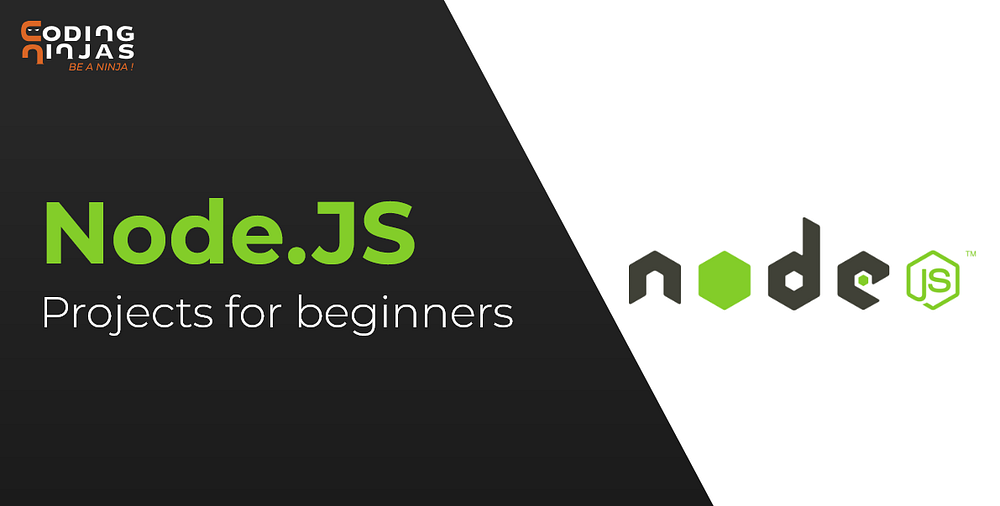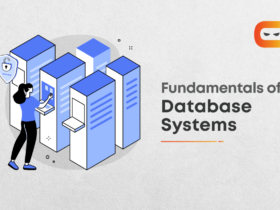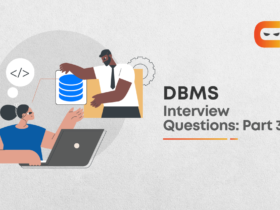
If you’re the beginners of Web Development, you’d have found yourself confused between the backend language to choose. With so many options, each having their own set of pros and cons, it often becomes a challenging task to pick the one perfect language. But here’s a catch — no language is perfect and each has their set of use cases. But node.js is the suited language for web developers.
Having said that, there’s one particular language that’s gained a lot of fandom in the past few years. That’s especially because the language works on JavaScript — an already extensive tool for building website and web apps. Yes, we’re talking about Node.JS.
Node.JS is an open-source runtime environment to write server-side applications. You can use it for traditional websites and back-end services. Also, Node.js is efficient and lightweight and allows you to build highly scalable web applications. It is used for traditional web sites and back-end API services; but was designed with real-time, push-based architecture in mind.
If Node.JS is the language you’ve decided to go ahead with (congratulations!), here are some projects you can work on to get a stronger grip on the language:
Table of Contents
1. To-Do list:
Creating a to-do list is a much easier way to understand the basic concepts of a programming language. Create an empty page where the user can record all the task they have to complete during the day. Store the new and completed tasks in a different array. For this application put in very minimal CSS styles with a neat appearance.
To get your application running use express framework. Express is one of the minimalist frameworks which will be very easy to work with a server like node.js.
2. Portfolio app:
To create a portfolio application using Node.JS, you can first concentrate on the outlook of the application which means how it looks and how are the sample projects working out. It can reveal the sense of style you particularly have. There are multiple elements you can use to give a good experience to your user like presenting the application and the output with a good appearance.
The next thing you have to work on is the architecture of the whole project. It includes the code you are writing to make the application lightweight and easy to use. You have to first define separate routes for each project. Node.js has different set of controllers for each route to manage the views. If you have the same code for the header and footer then you don’t have to repeat them which come as a benefit for the programmers.
3. Chat app:
Building a chat application gives you a very good idea of working with real-time systems. At first, you have to separate the application into two parts i.e., the client part and the server part. With the help of web socket you and the client can send data to each other directly at any time. It works like a virtual handshake. The process starts with the client sending a regular HTTP request to the server. This particular application is very easy to code with the knowledge of web sockets and socket.io.
The following things can help you to enhance your application:
· Keeping a record of all conversations.
· Online/offline labels.
· Take references from the features of whatsapp
· A registration system for one on one chats
4. Web security:
This is one of the most interesting project you can get your hands on if you are about to start working with Node.JS. You can create a spoof login page like Facebook’s to know the passwords of your family and friends. This can be executed if you are able to host it on your LAN. Things get even more interesting when you can host it on the web. Then you can peak into almost anyone’s password.
There is a generous amount of population who usually ignore the links and get caught in these codes.
5. Gaming:
People who are into gaming or at least fancy the idea of how the game works, node.js is one of the languages you can work with. For beginners, the starting point is to code on Node.JS by using web sockets to provide a real time conversation between the clients and the server. If you are an amateur, start with making an applet which collects statistics from multiple clients and put it on a single platform. For larger applications, you can put more effort into CSS stylesheet and have more interface elements. Try to keep all the logic to the server side so the client only has to give input to render the information from the server’s end.
So, that’s pretty much it! Get going with these projects and find yourself in a much better place in terms of coding in Node.JS. If you feel stuck anytime — we’re there! Just hop into Coding Ninjas where our full-stack development course takes care of everything you need to know about Node.JS to start well and go big.
To read more about the technologies of web development, click here.














Leave a Reply